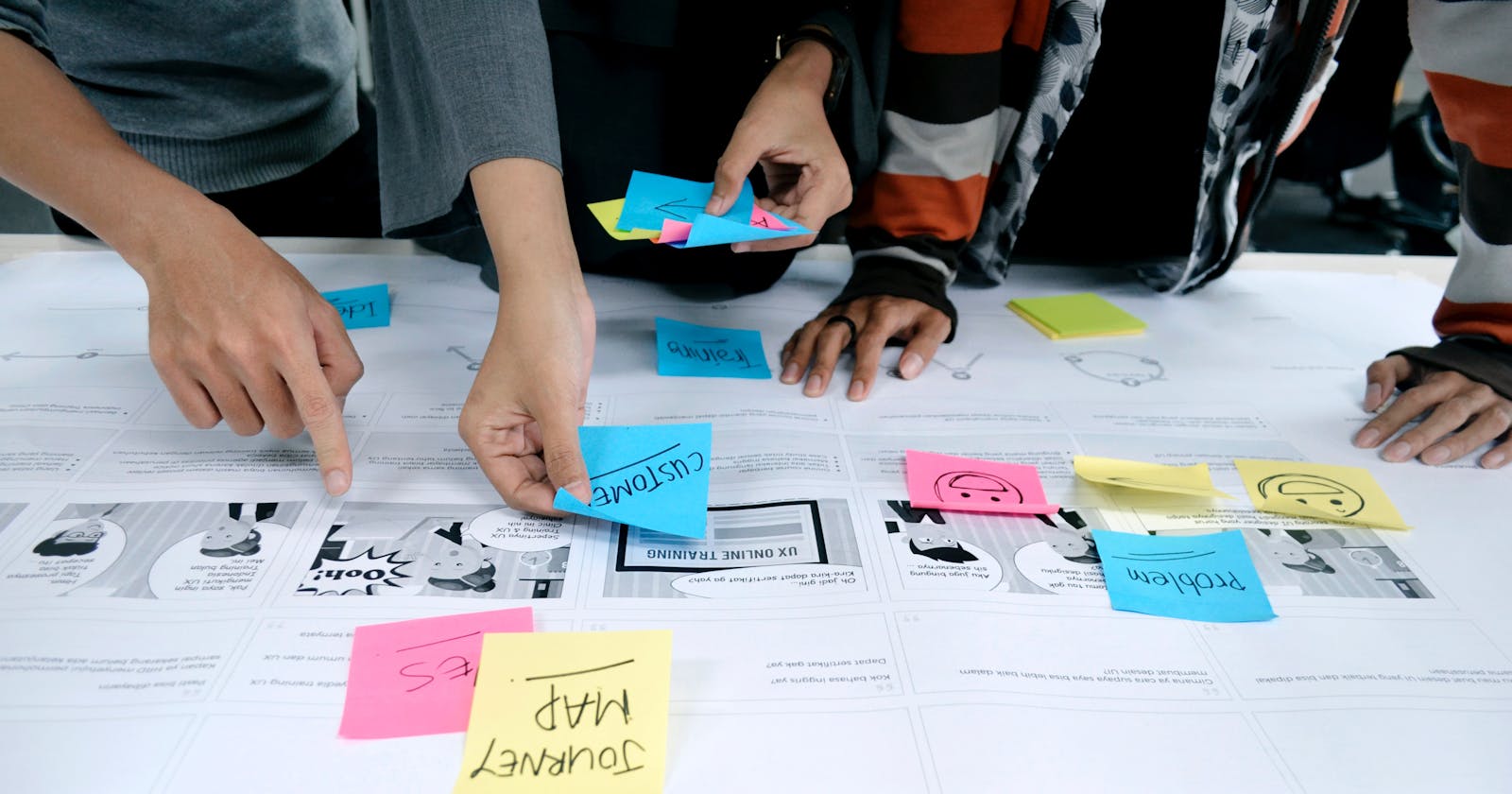Hi There,
This week, we are going to talk about biases that we sometimes have while conducting a UX research. It's important for us to know these biases and how to overcome them so we dont keep making mistakes while researching on how to make a user experience awesome.
But first, if you are new here, welcome!
Please do well to check out the other articles below and also follow this blog so you won't miss out on the weekly articles.
UX Categories, Career paths in UX, The Gestalt principles, Deceptive patterns in UX, User centred design
Now lets get into it
First I want you to understand what it means to be bias. Bias or rather the act of being biased is favoring or having prejudice based on limited information. It is the way humans interpret and evaluate the context of an information according to how they perceive it should be. These biases find a way to interfere with our judgements and also our decision making process even in the process of conducting a UX research for a product.
Lets quickly take a look at these biases and how to overcome them.
1. False Consensus bias:
This is the assumption that others will think the same way that you do or assuming that people would follow the same problem solving approach that you take. This is wrong. Every opinion should be heard. One way to overcome this is by being open minded. Be open to criticism and opinions. Pick the points that you need to work on. Remember that when it comes to a product, the user’s satisfaction is what counts, not your satisfaction as the designer.
2. Recency Bias :
This bias is said to occur when you as the researcher only remember the first participant of an interview and make progress on the project based on just that sample. To overcome this, it is important for you to take detailed notes or recordings while conducting an interview or while trying to get your UX research together.
3. Primacy Bias :
This bias is said to occur when you only remember the first participant of the interview/ research process strongly and make progress based on that sample. To overcome this as well, take detailed notes or recordings. Also interview every participant the same way. Be consistent with your interview patterns and this also goes for recency bias as well.
4. Implicit Bias (Unconscious bias):
These are stereotypes that we assign to people without our knowledge. Interviewing based on assumptions, race e.t.c and designing your product to fit into that stereotype thereby making the UX difficult for people who don't fit into that assumption that you have. To overcome this, it's important for you to reflect on people’s behaviours or thoughts and understand them. It is also important for you to keep an open mind.
5. Sunk Cost fallacy:
This is a very interesting one. It is the belief that the deeper you have gotten into an activity or project, the harder it becomes for you to change course if the need arises. It's the reason for so many products in the market today that don't solve the problems that they were created to solve. This bias can be very costly especially when a lot of mistakes have been made in the process of building a product. One way to overcome this is by breaking the overall project into small phases from the ideation stage. That way, for every phase, if a problem occurs, it becomes easier to solve without huge drawbacks.
It's Important for us to keep all these points in mind while conducting a UX research and even while building a product. This will help us as product designers to design products that will provide amazing experiences to our users.
I hope you found this article helpful.
Please share your thoughts with me on this topic in the comment section.
Connect with me on Twitter, Instagram, Linkedin and Github.
Until my next post, bye for now.
